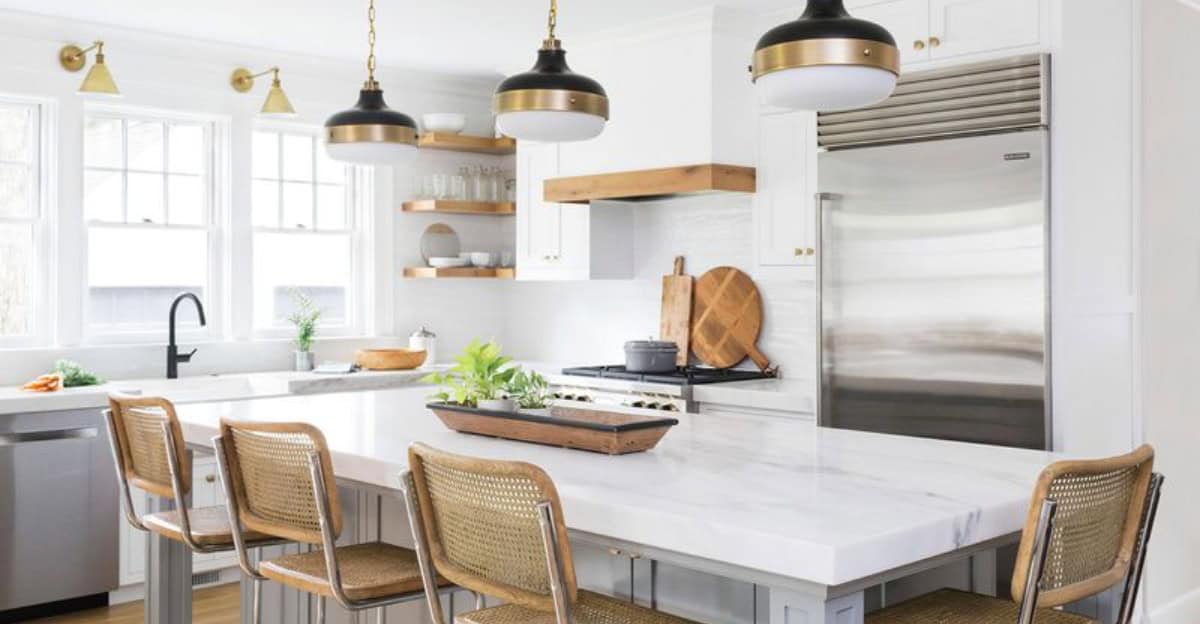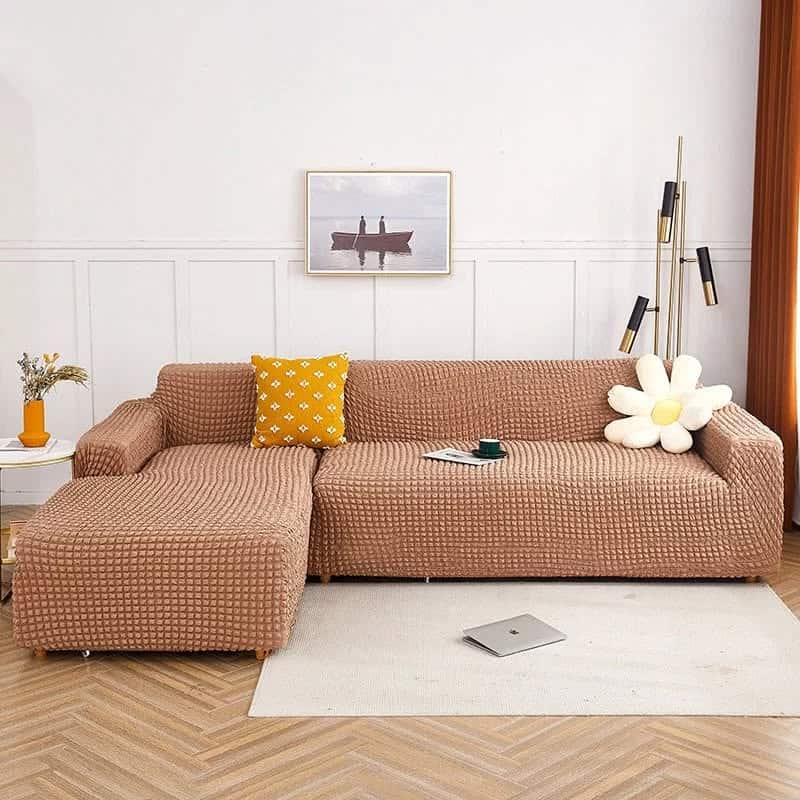Designing a home is a challenge, especially with kids in the picture. Some choices might appear stylish but can quickly turn into disasters with little ones around.
Here are 10 design choices to reconsider when you have children in your home.
1. Glass Coffee Tables
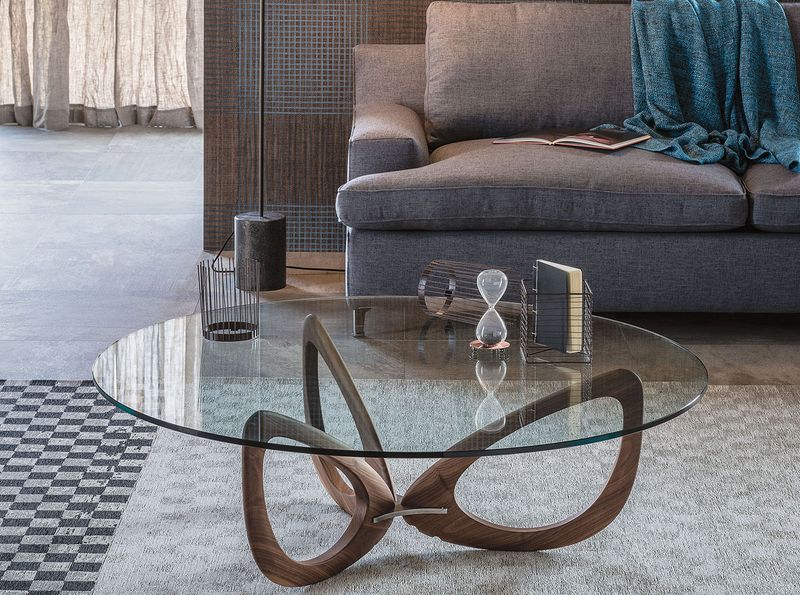
Glass coffee tables can look sleek and chic, adding an element of modernity to any living room. However, with kids around, they pose safety risks.
One major issue is the sharp corners, which can lead to bumps or bruises if a child falls against them.
Furthermore, glass can shatter easily, turning an accidental bump into a dangerous situation with sharp shards everywhere.
It’s wise to choose tables with rounded edges or made from safer materials like wood.
Safety should always come first, and avoiding glass tables is a step in the right direction for a child-friendly environment.
2. Open Staircases
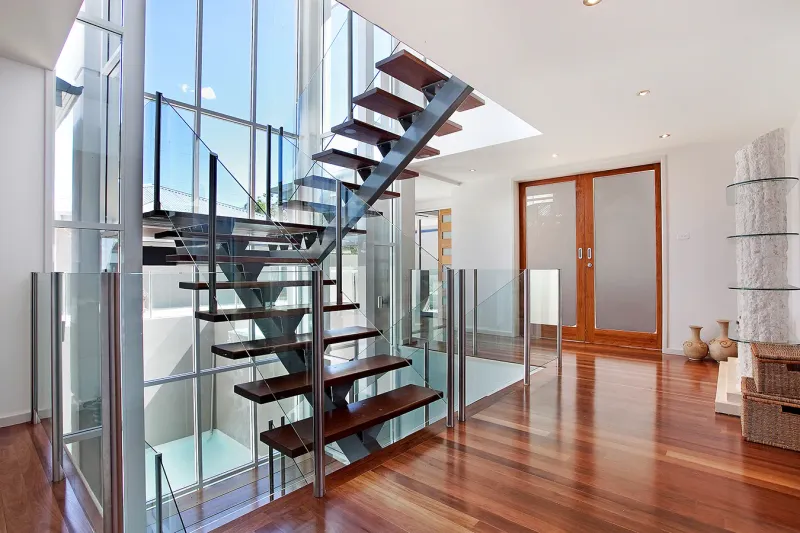
Open staircases are visually appealing, adding a sense of space and modern design to homes. Yet, they can be hazardous for young children.
The gaps between steps can be risky, as kids might attempt to crawl through or get stuck.
Moreover, open designs often lack handrails on both sides, making them difficult for kids to navigate safely. Installing closed risers and additional railings can mitigate some risks.
Prioritizing safety features over aesthetic appeal is crucial to ensure that your home remains a safe haven for children to explore and play.
3. Low-Hanging Pendant Lights
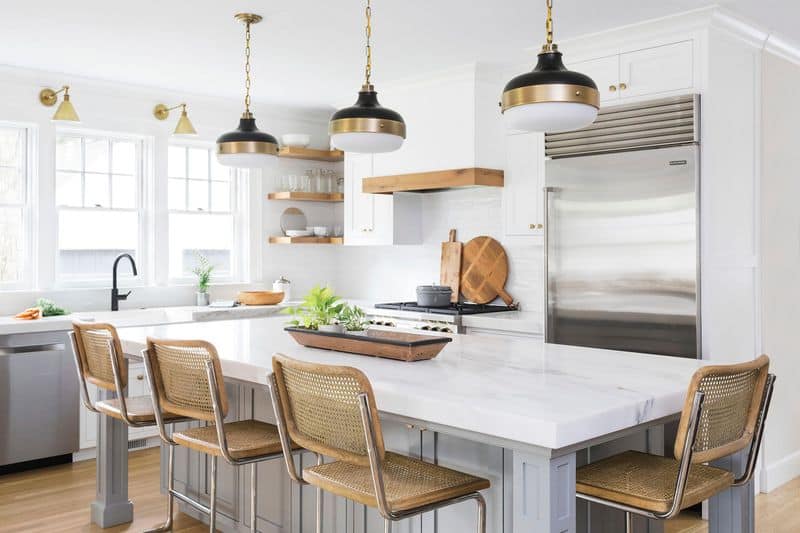
Low-hanging pendant lights can create a cozy ambiance and are a trendy home fixture. However, if they hang too low, they become an easy target for a child’s curiosity.
Children may be tempted to swing or pull them, which could lead to broken fixtures or injuries.
Additionally, they can obstruct your path, making it difficult to move around without bumping into them. Opting for higher installations or recessed lighting can prevent accidents while maintaining style.
Keep lighting out of reach from children to ensure both safety and aesthetic harmony within your home.
4. White Upholstery and Rugs
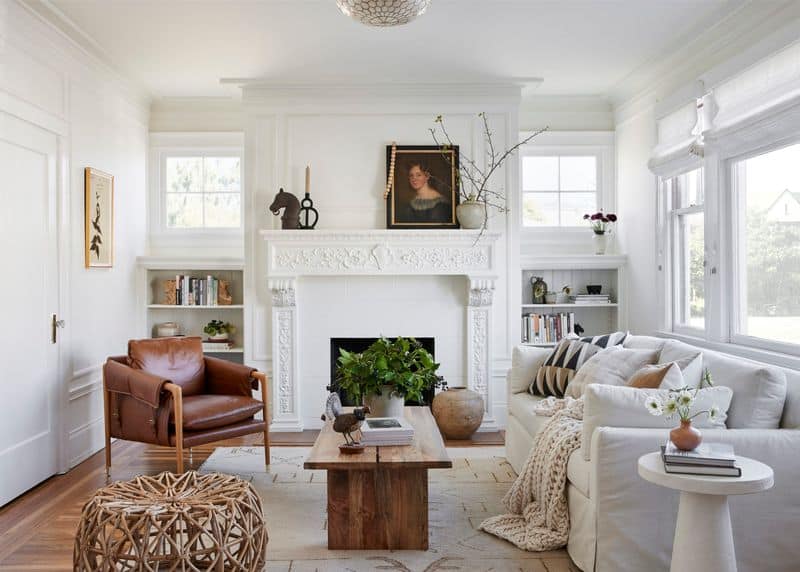
White upholstery and rugs exude elegance and make spaces look brighter. However, they are impractical in homes with small children.
Kids are prone to spills, and maintaining pristine white furnishings can become a constant struggle.
Stains from drinks, food, or art supplies are inevitable, and frequent cleaning can lead to wear and tear. Choosing darker or patterned fabrics can help disguise day-to-day messes and reduce stress.
Durability and ease of cleaning should be central considerations in a household with young children to maintain both functionality and style.
5. Ladder Bookshelves
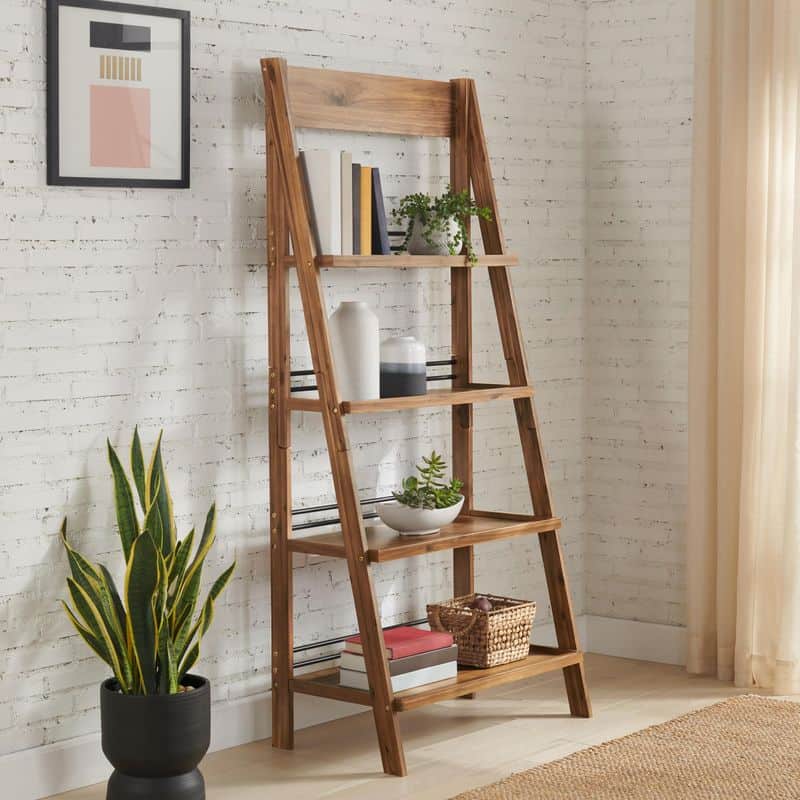
Ladder bookshelves provide a stylish way to display books and decor, but they are not ideal for homes with children.
The design encourages climbing, as they resemble ladders—posing a significant risk of tipping over.
Additionally, shelves filled with heavy items can become hazardous if children decide to explore or pull.
To prevent accidents, securing the shelf to the wall and opting for traditional bookcases can ensure safety.
While aesthetics are important, functionality and stability cannot be compromised in spaces frequented by active children.
6. Corded Window Blinds
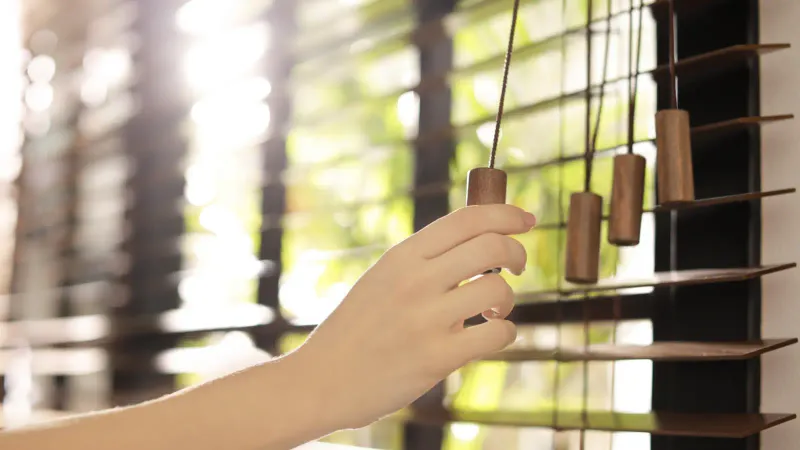
Corded window blinds can add a touch of classic elegance, but they are dangerous for young kids. The cords present a strangulation risk if they are within reach of children.
It’s essential to keep all cords out of a child’s reach, opting for cordless options or installing cord cleats to tie them up.
Child safety should always come first, and choosing blinds without cords or with safety features can prevent potential hazards.
Creating a safe environment is crucial in fostering a secure and worry-free home for your little ones.
7. Slipcovered Sofas
Slipcovered sofas offer versatility and ease of cleaning, yet they can spell chaos in homes with children.
The covers can become dislodged easily with kids climbing and jumping, creating a messy appearance.
Additionally, poorly fitted covers may lead to tripping hazards or slips. Ensure that slipcovers fit snugly and choose durable fabrics to withstand daily activity.
While convenient, slipcovers should be carefully considered for their practicality and fit in a household bustling with active children, balancing style with everyday functionality.
8. Tall Bookshelves Without Anchors
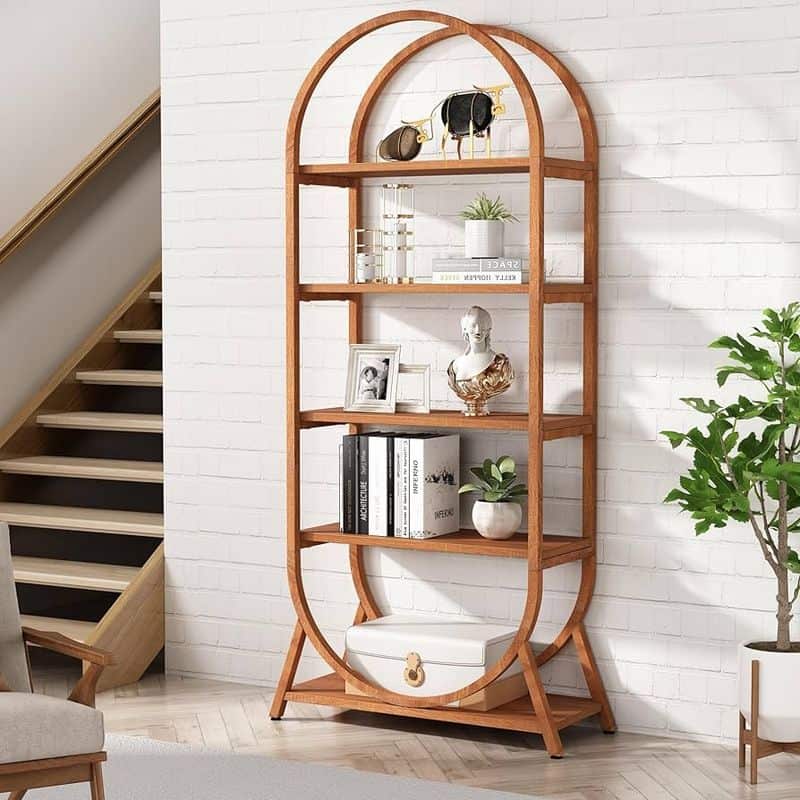
Tall bookshelves are great for maximizing space, but can be perilous without proper anchoring. Children are naturally curious and might try to climb them, risking the entire structure tipping over.
Anchoring shelves to the wall is essential to prevent accidents, ensuring stability and safety.
Additionally, placing heavier items on lower shelves can lower the center of gravity, making them less prone to tipping.
While organizing your home, consider these practical adjustments to maintain safety without sacrificing organizational efficiency.
9. Sharp-Edged Furniture
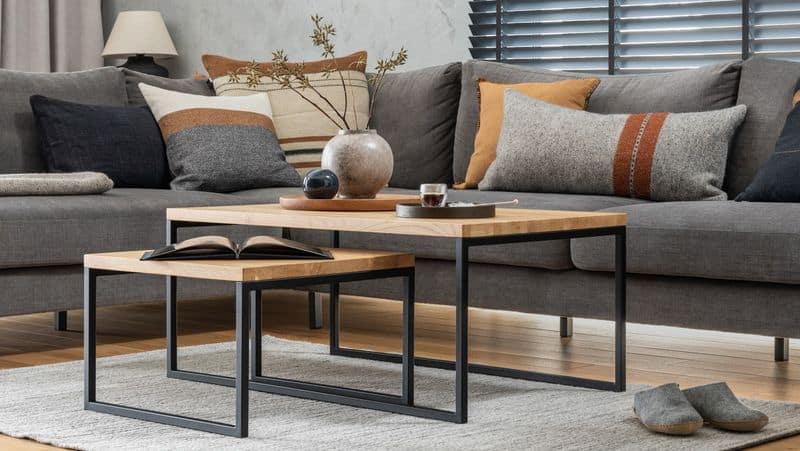
Sharp-edged furniture can pose significant risks in a child-friendly household. Tables and chairs with pointed corners can lead to painful injuries if children bump into them during play.
Opting for furniture with rounded edges can mitigate these risks, offering a safer environment for children. Investing in corner guards can provide extra protection and peace of mind.
Balancing style with safety requires thoughtful selection of furnishings, ensuring that your home remains a welcoming and hazard-free space for your children to enjoy.
10. Floor-Length Curtains
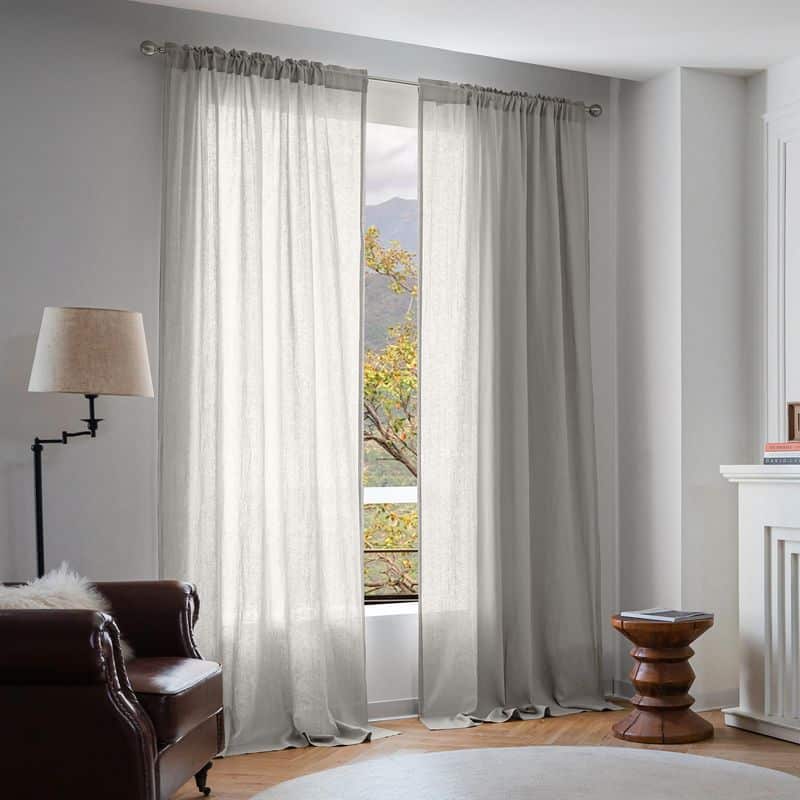
Floor-length curtains add elegance and drama, but are not practical with toddlers. Kids may pull or hide behind them, risking falls or injuries if the curtain rod comes loose.
Shorter curtains or blinds are safer options, eliminating the temptation for children to tug at the fabric.
Safety considerations should always be a priority, ensuring that your home environment is both stylish and child-friendly.
By choosing the right window treatments, you can maintain your aesthetic preferences while keeping your home safe for little explorers.

